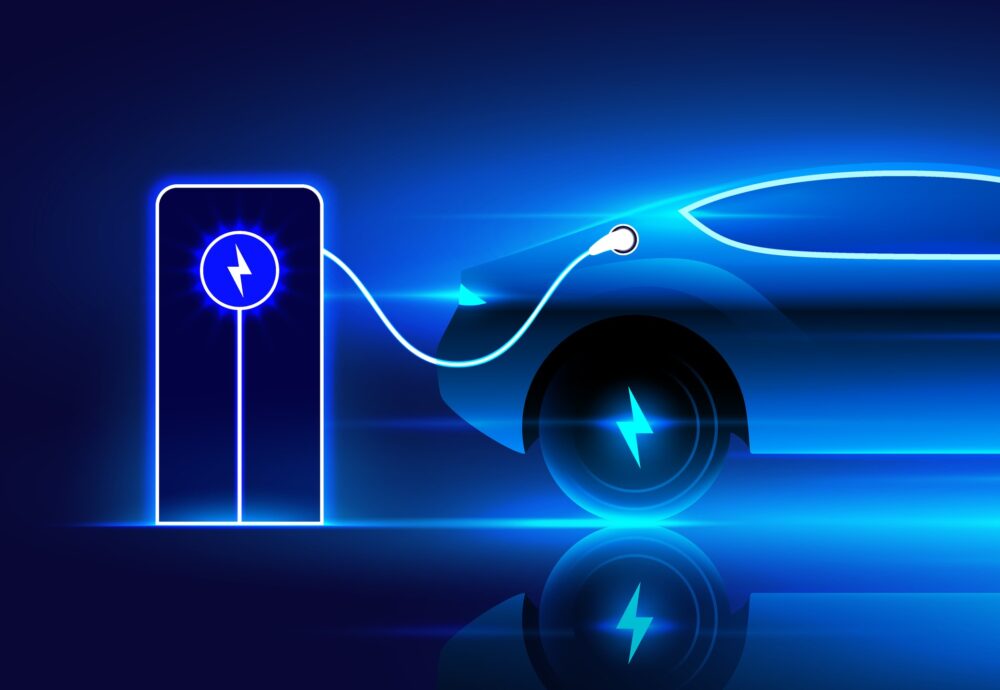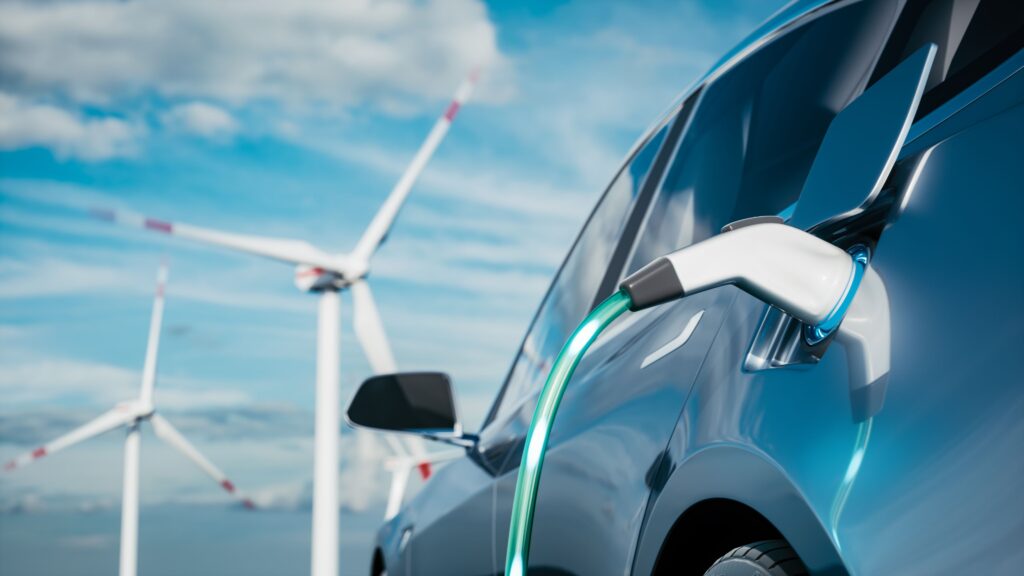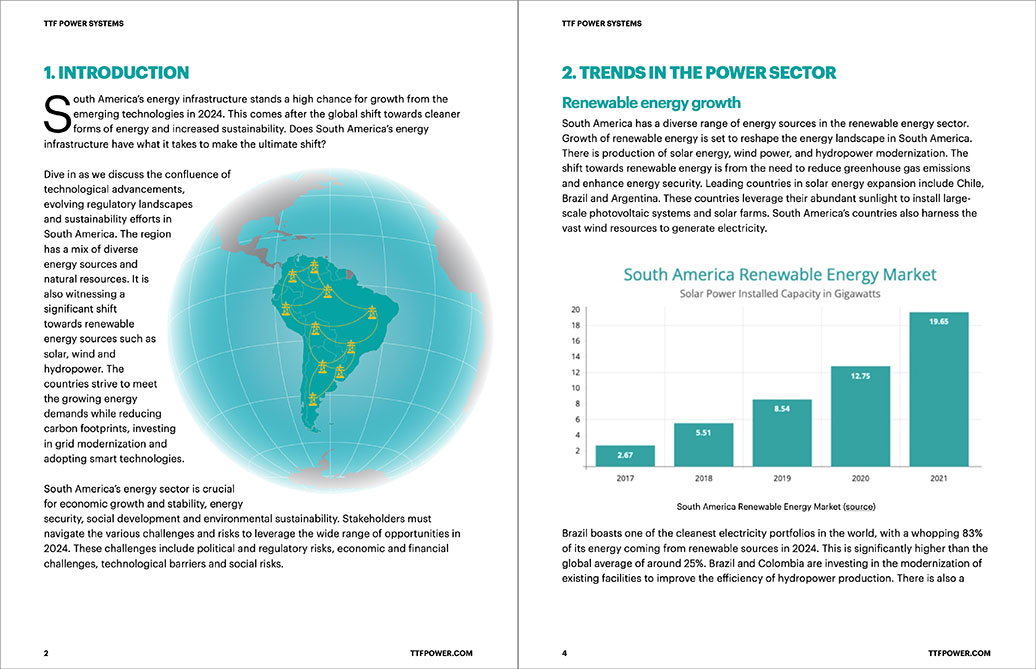
The electric vehicle (EV) industry is gaining traction in South America, driven by the combination of several factors. The industry is shaped by the region’s energy infrastructure, economic conditions, and environmental policies. The region’s abundant renewable energy resources provide a strong foundation for the development of the EV market. South America has the opportunity to become a key player in the electric vehicle revolution as the transition continues. This contributes to a cleaner and more resilient energy future. The integration of EVs with renewable energy sources provides a path to a greener economy. Additionally, it could help in the electrification of the transport industry. This is to meet the growing need for efficient and sustainable public transportation.
Electric vehicle infrastructure in South America
The electric vehicle market in South America is mostly dominated by Chinese cars, which amount to 51% of all EV sales. For instance, most South American electric buses are manufactured in China. This impacts South America’s transportation infrastructure, especially in populated areas. Additionally, the development of the industry increases the need for other EV infrastructure. This includes charging infrastructure and grid modernization. The electric vehicle infrastructure supports a cleaner and more resilient energy future. Power line hardware includes components that ease maintenance activities in harsh environments. They help improve efficiency and safety of overhead transmission lines.
Electric vehicle infrastructure in the energy sector
The electric vehicles help to meet the growing demand for cleaner and more sustainable modes of transport. Some of these vehicles come with advanced features and strong build quality, which provides affordability. The development of EV infrastructure in South America needs charging networks, grid capacity, renewable energy integration, and regional collaboration. Countries like Brazil, Chile, and Colombia have begun the installation of charging stations. Additionally, there is the need for grid integration to support the increase in energy demand due to EV charging. The following is some of the infrastructure for electric vehicles in South America.

- Charging stations – this can be public, private, or home charging—aiming to meet the demand for EV adoption. The lack of charging infrastructure is a barrier to EV adoption in the region. For instance, in Brazil, there are several hundred public charging stations in major urban areas.
- Grid capacity – the existing power grids in South America vary by capacity, reliability, and their ability to support an increase in electricity demand. Countries like Brazil, Argentina, and Chile are dependent on specific sources like hydropower. They would therefore need upgrades to handle increased demands and support EV adoption.
- Smart grids and load management – use of smart grid technologies also helps manage the extra load from EV charging. Smart grids can balance supply and demand, integrate renewable energy sources, and optimize charging times to avoid overloading.
- Renewable energy integration – integrating the resources with the EV infrastructure is essential for maximizing the environmental benefits for electric vehicles.
- Policy and regulatory framework – South American countries have to put in place policies that support electric vehicle adoption. This may include incentives for infrastructure development, standardization, and interoperability.
How electric vehicles drive the economic shift in South America
Electric vehicles have the potential to drive significant economic shifts in South America in 2024. The adoption of EVs can transform industries, create jobs, and enhance energy sustainability. It also plays a role in reducing dependency on fossil fuels and imported energy. EV adoption could position the region as a leader in the global transition to sustainable transportation. Here’s how EVs drive economic change in South America.

- Stimulating new industries – the rise of electric vehicles spurs the development of new industries in the region. There is new development in sectors related to battery production, charging infrastructure, and EV manufacturing. EV adoption also triggers battery production and lithium mining to enhance energy storage.
- Reducing dependence on imported fossil fuels – the shift to electric vehicles is mainly powered by increased renewable energy. This reduces the region’s dependence on fossil fuels, leading to economic and strategic benefits.
- Job creation and workforce transformation – the transition to electric vehicles creates new jobs in various sectors. It brings opportunities in battery manufacturing, electrical engineering, and the construction and maintenance of charging infrastructure.
- Environmental and health benefits leading to economic gains – EV adoption has environmental and health benefits. This includes the reduction in air pollution and climate change mitigation.